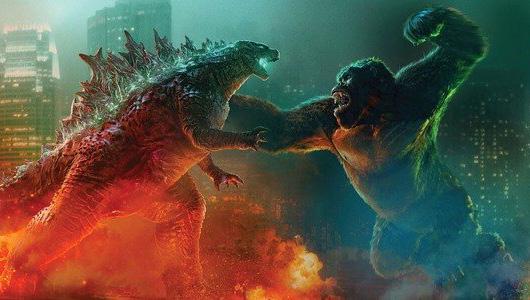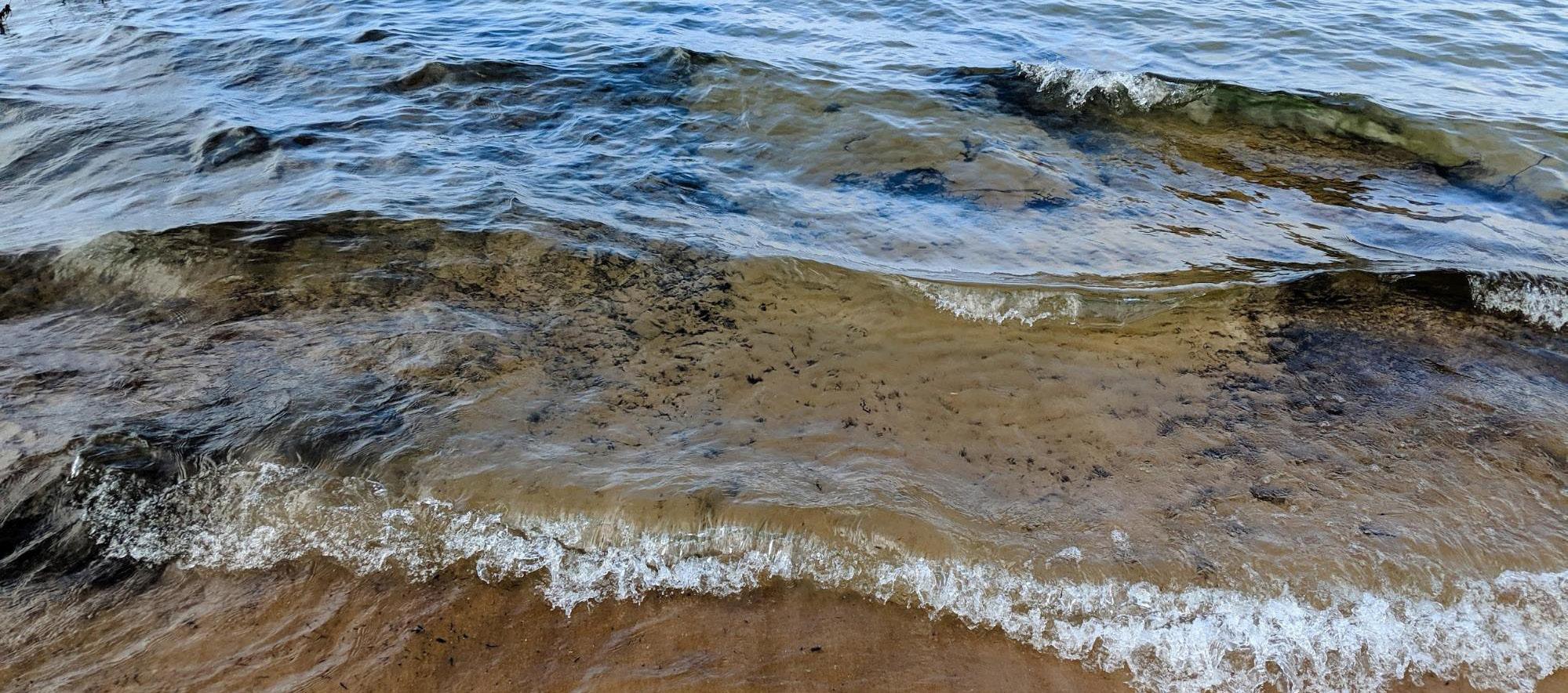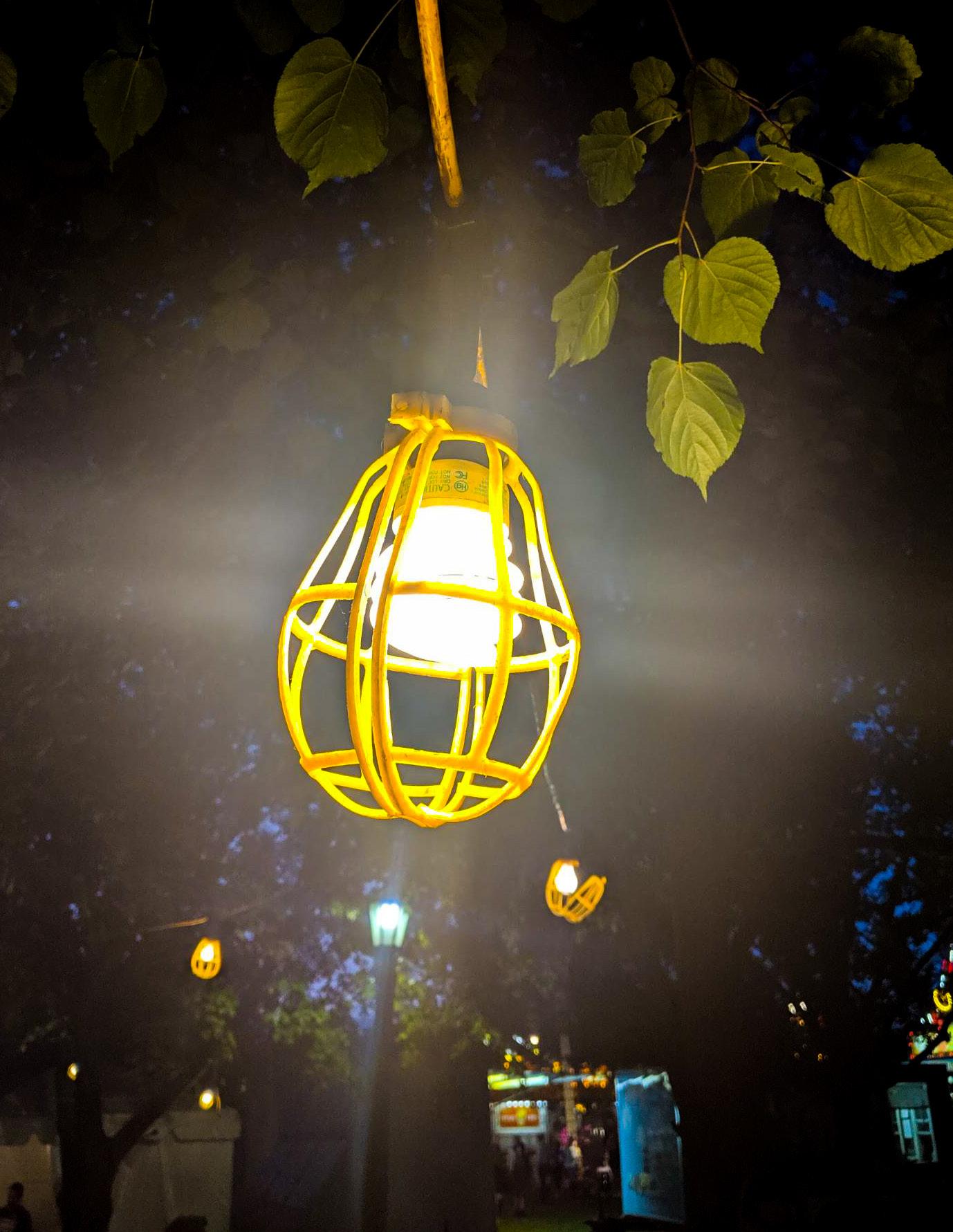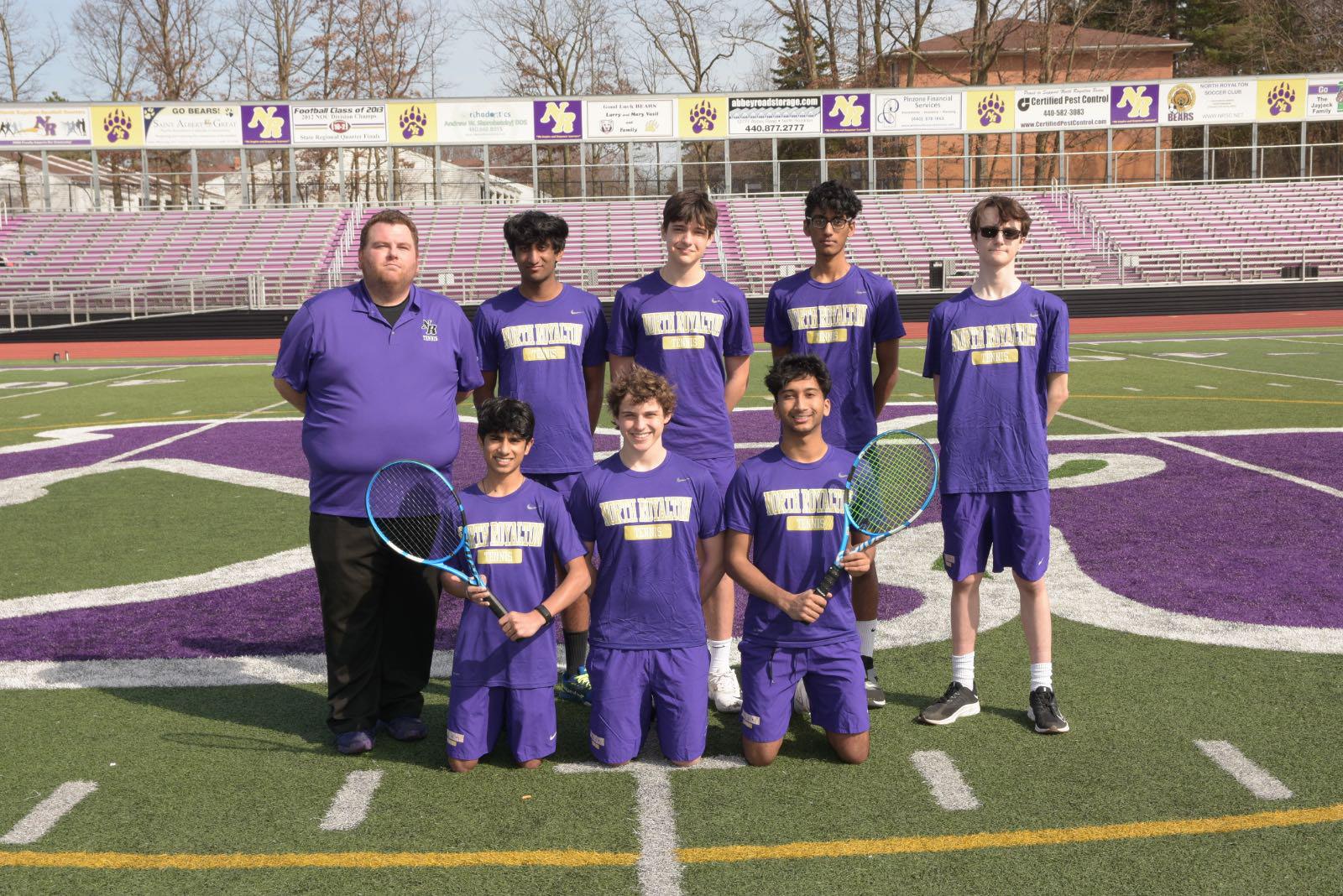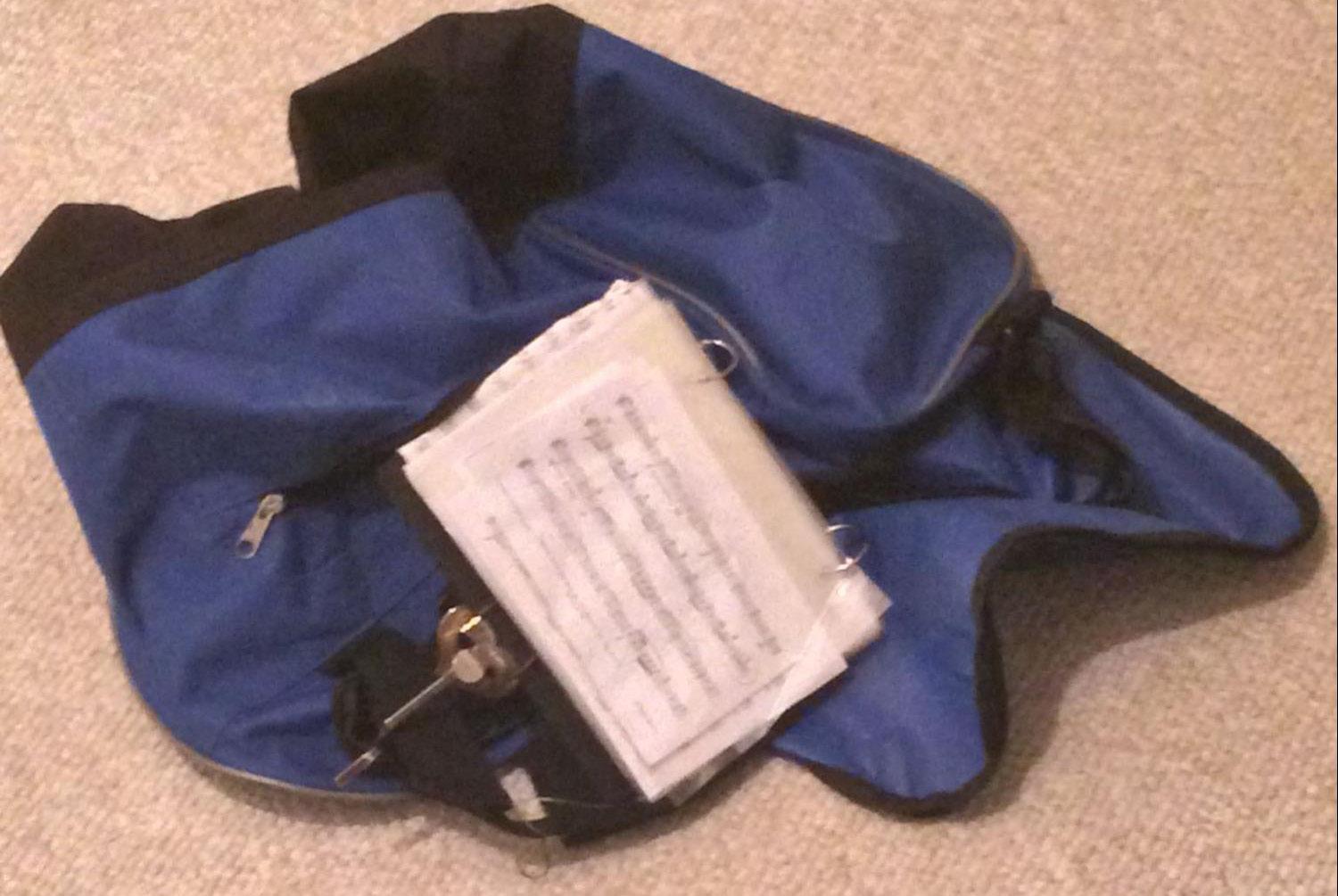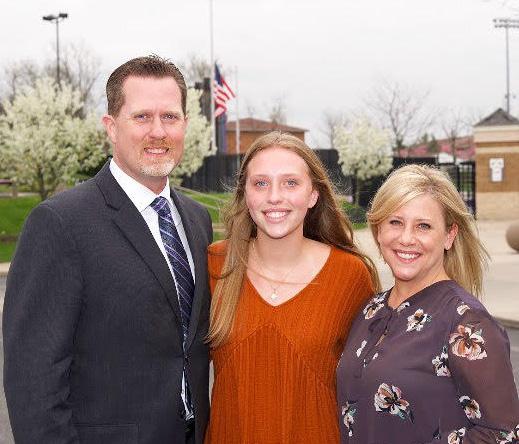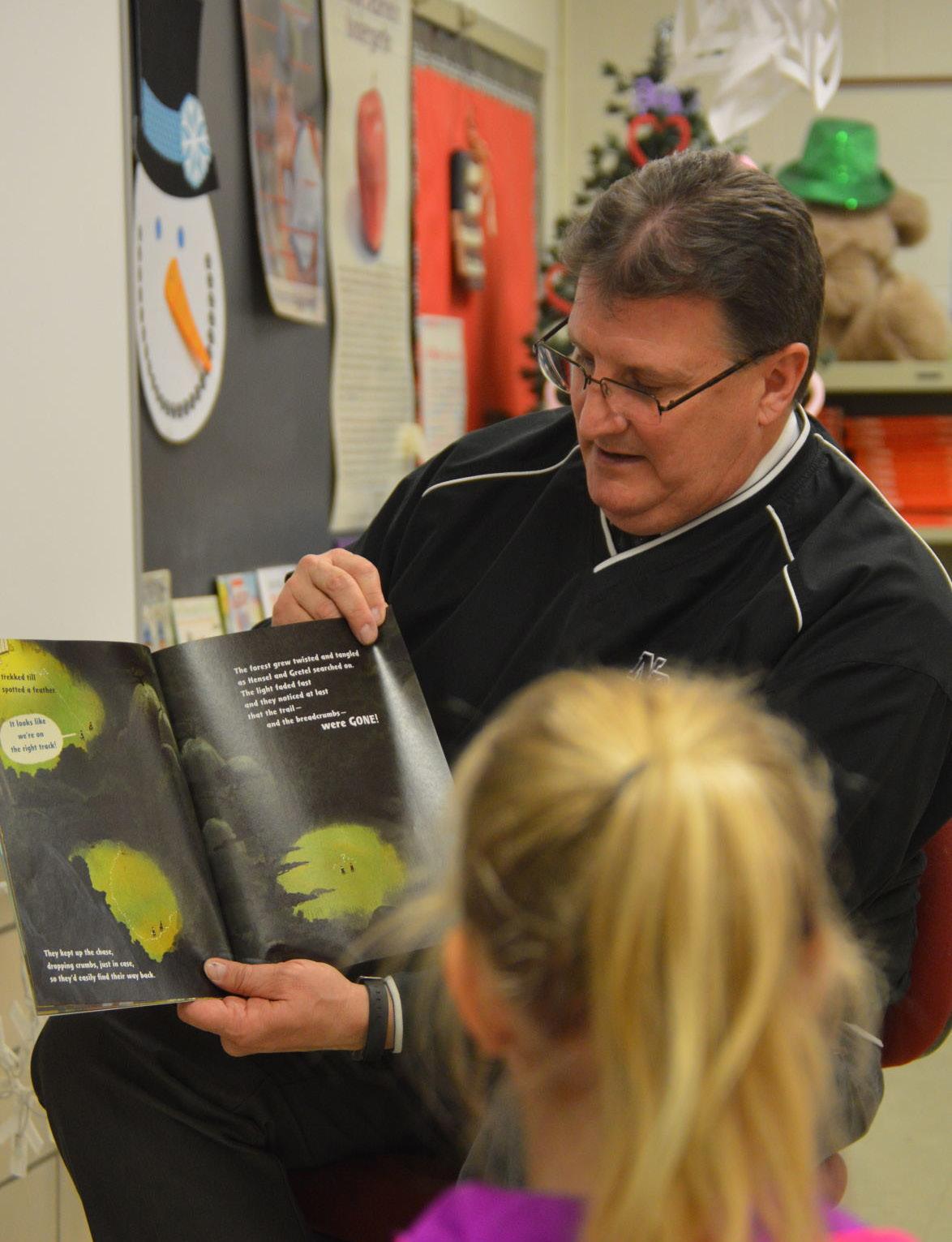INTERNATIONAL TENSION: A CLOSER LOOK AT THE RUSSIAN, UKRAINE CONFLICT B Y M O L LY P E T R I NA
I
n the midst of changing worldwide power dynamics and recovery from the global pandemic, the Russian government has taken steps to display its military power over its economically and politically valuable neighbor, Ukraine. While the number of troops and soldiers has varied from source to source, it is quite obvious that the show of strength was meant to be seen. More recently, according to Time Magazine, President Putin has made the decision to pull his troops from the border of Ukraine, suggesting that the deployment was meant to make a point more than to start a war. Further events have occurred in the recent past that caused many to accuse President Putin of attempting to destabilize Ukraine. One such example is Russian passports and citizenship, which the Russian government has been offering to eastern-Ukrainians that supported their cause for the last two years. As for Russia’s internal issues, they have most recently come under fire in the worldwide media for the imprisonment of Alexei Navalny, a lawyer and activist who was extremely critical of President Putin and his administration, accusing them of “sucking the blood out of Russia.” It is hard to understand Navalny’s standing in politics, as he has been called an extremist by some while also being a model for his supporters at the same time. After supposedly being poisoned in August of 2020, Navalny has now been imprisoned for fraud, and then jailed again for violating the terms of his probation. While in jail he went on a hunger strike, appearing to the public days ago in court. He made the same accusations against the Putin administration of making bad decisions for the people of Rus22
|
TH E ROYA L NEWS
sia and attempting to keep power over all else. The government has now added Navalny’s political organizations to their terrorist database and officially labeled him an extremist, warning other activists of the government’s power. Everyone seems to have their own opinions on whether or not Navalny is truly an extremist, but the label seems to have wiped his face from Russian cities. In a recent display in St. Petersburg, a mural painted by Navalny was taken down by the city’s police just four hours after being painted. Russia and Ukraine have had a long and unstable relationship since Ukraine’s membership as a part of the Soviet Union during the Cold War. After leaving the Soviet Union in 1991, Ukraine adopted a republic system that somewhat reflected the governments of the Western part of the world. Despite leaving the Soviet Union, they were still in possession of many of their resources, most notably a significant amount of their nuclear weapons. Because of Ukraine’s position between Europe and Russia, it was valuable to both the Soviet Union and the United States. Ukraine is also a major exporter of agricultural products and natural gas, making it a valuable economic partner to align with. Unfortunately for Russia, after the fall of the Soviet Union, they did not get to align themselves with Ukraine and instead were forced to wager for the return of their nuclear arsenal. In the 1994 Budapest Memorandum, Ukraine promised to return all nuclear weapons to Russia, and Russia promised to respect Ukraine’s territorial boundaries. Russia also accepted Ukraine’s newfound po-

